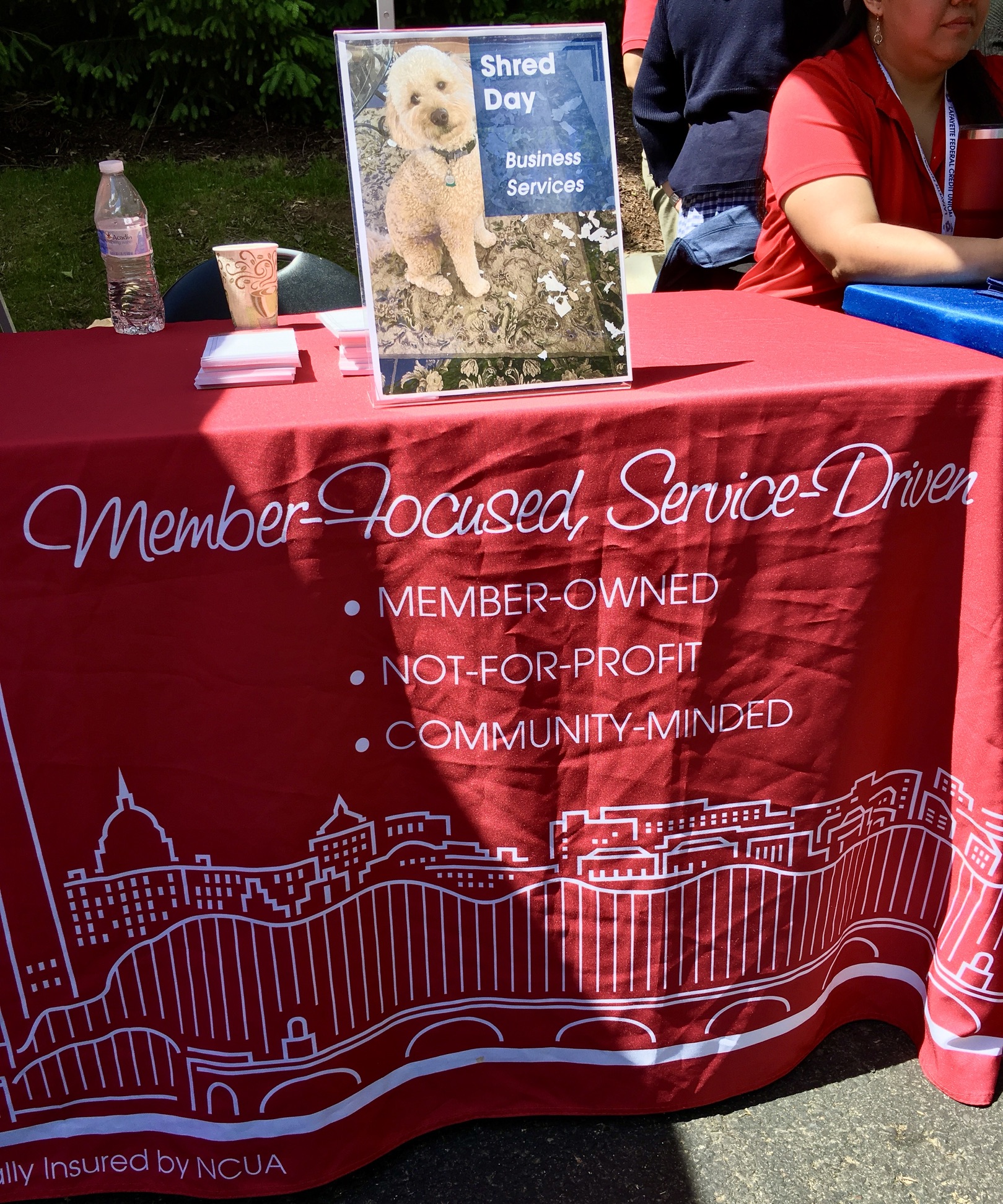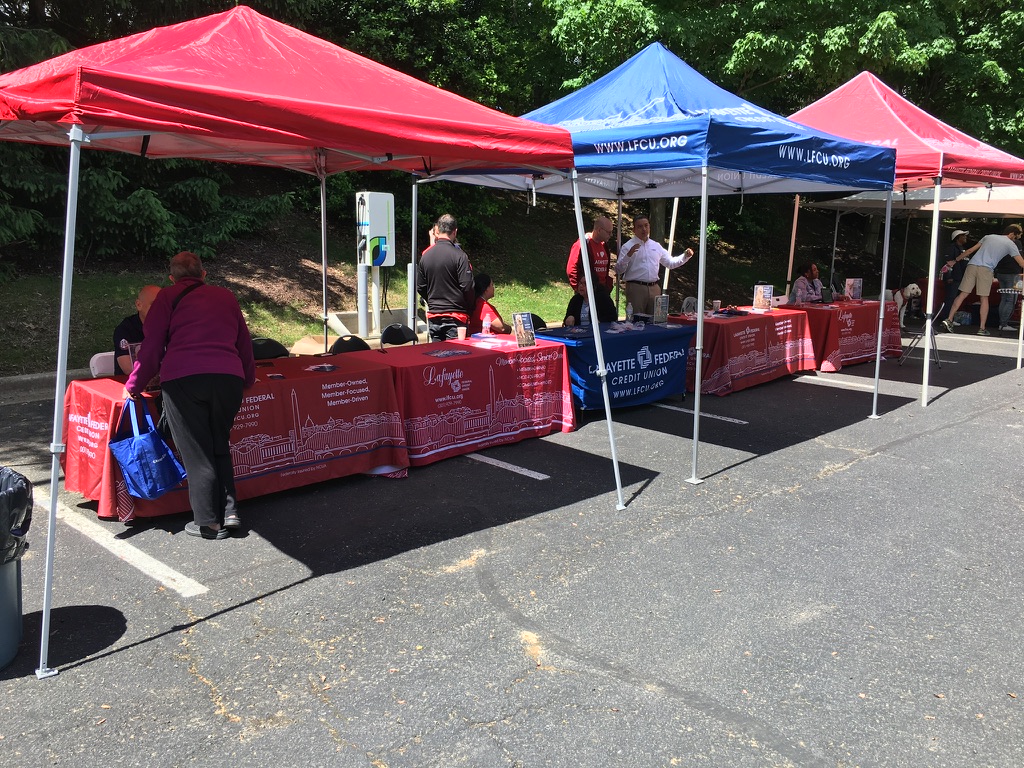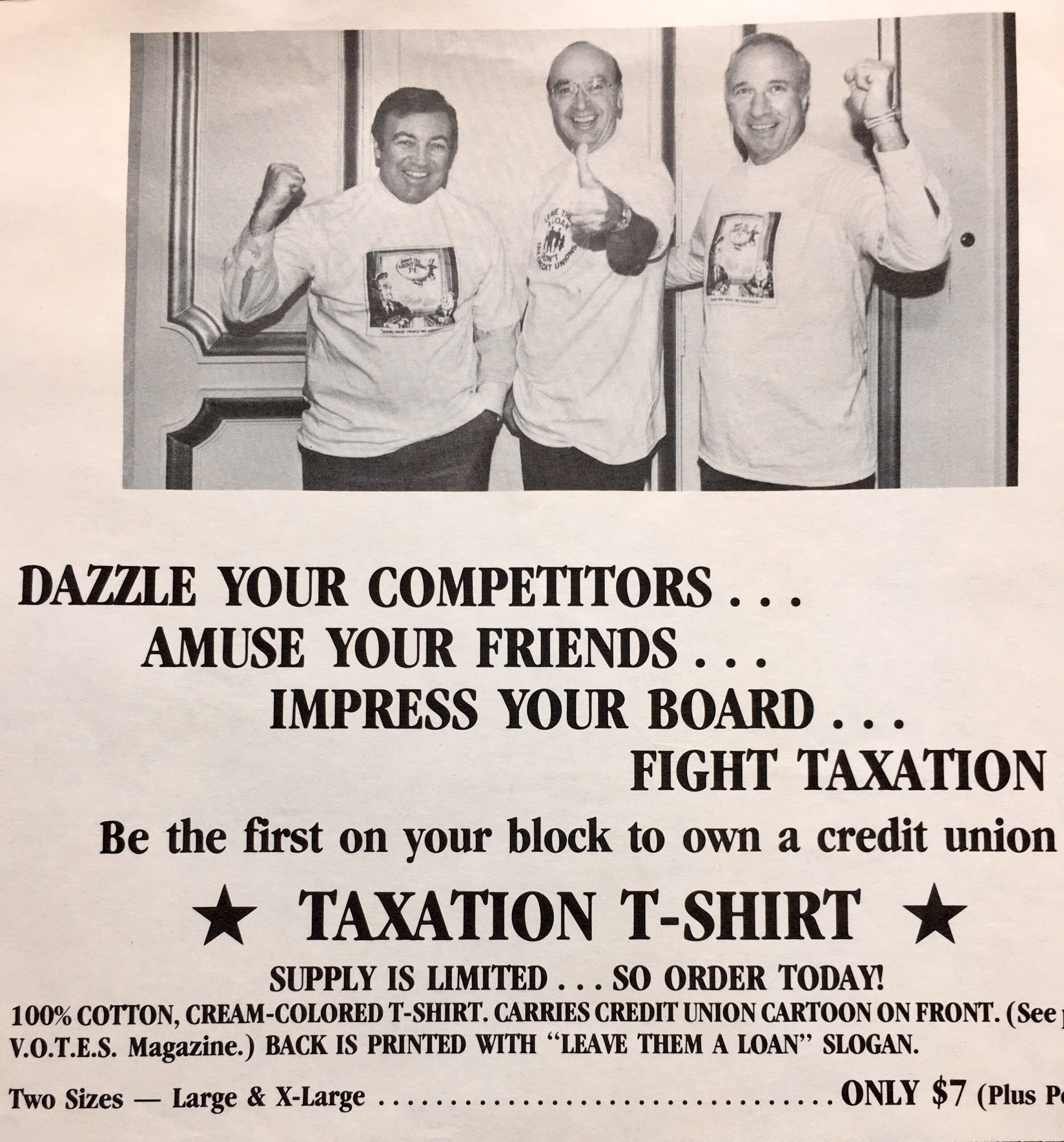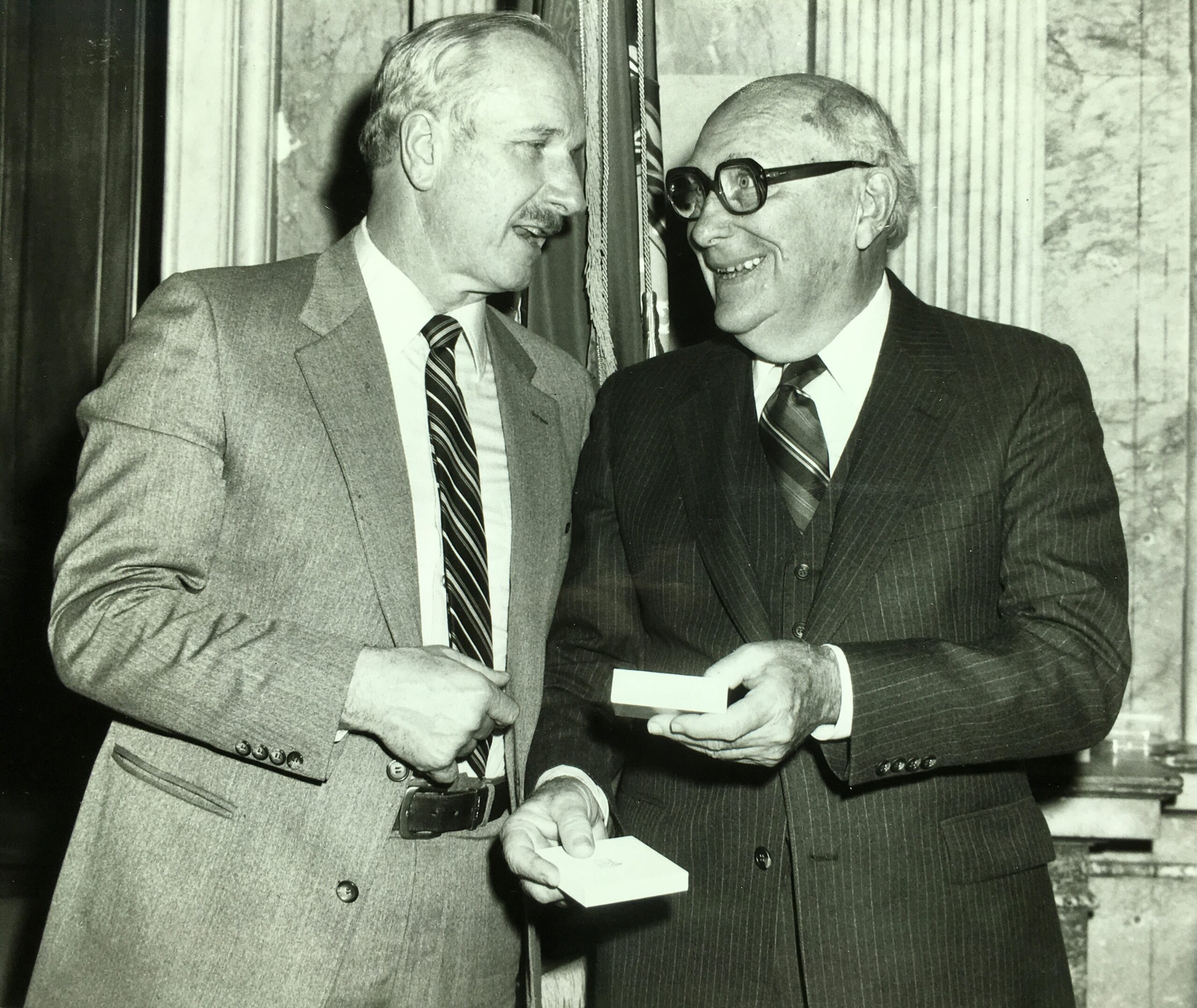The post card came to us although we are not a members of the credit union. It announced a “community shred day” at the main office parking lot last Saturday.
From time to time we receive these notices from realtors or sometimes a local government office. But not a credit union. It arrived as we were doing some spring house clearing and wanted to dispose of older financial records. So we dropped a box off, and learned why this may be a simple solution to a perennial business problem.
The Last Mile
The term last mile summarizes the constant business challenge of closing a sale, usually from a distribution or supply chain point of view. This last leg of the process is often least efficient, comprising up to 53% of the total cost to move goods. It is the critical final step in retail for a customer to buy goods.
A similar challenge in service industries, such as credit unions, is how do I find my next new customer/member?
The short brief Ten Ways to Get New Customers is summarizes every method used by credit unions. Todays most likely tactic is for a strong social media presence with a defined brand voice across platforms like Instagram, LinkedIn, Facebook and Twitter.
This makes perfect sense. Digital marketing is the preferred way to find digital members. No local presence needed. But why a shred day? The effort seems so retro?
The Experience
So we pulled into the parking lot of the credit union’s head office. The branch was closed and the parking area marked by tents with credit union personnel serving breakfast of donuts, coffee along with credit union literature and tchotchke. Staff took the boxes, checked for anything other than paper such as plastic binders and filled up big 40-50 gallon containers to wheel over to the shredding truck.
Even though we were late in the three hour period, there was a steady flow of people and boxes so much so, the coffee had ran out. The following shows the setting.
Why This Makes Sense
How does a community shred day help find the next best customer? Several thoughts.
A person bringing records to be shredded suggests an individual or household conscious about proper management of financial accounts.
Driving to the location where there is a branch, introduces the non-member to where one of the credit union’s offices is located. The public made the journey on their own initiative. Local is an advantage almost every credit union can build on versus larger institutions.
The people dropping off records experienced instant hospitality and service. No charges, no sales pitch. Staff offered food, gave away branded desk pens and entered person’s names and email into a drawing for four $100 cash giveaways.
And that drawing is the hook. Here was the message waiting for me when I returned home later on Saturday:
Hi there Chip,
Thanks for chatting with us at our Shred Day! We wanted to follow up and send over some additional information about our organization.
At Lafayette Federal, we offer nationwide membership eligibility with a mission to serve, support and empower you by understanding your financial needs, delivering products and services to achieve your financial goals and offering solutions to assure your financial well-being.
Below are a few offerings that we believe you may benefit from. Please feel free to contact us should you have any questions!
The email cited their 2.02% checking account and a 5.09% certificate for savers as well as other services.
I have no idea how many leads the credit union received. But I did go to the website. It presents a special focus on members and the community. I was told the credit union does this once a quarter at different branches as a “community” service.
For me it was the most intriguing introduction to a local credit union in the many years we have lived in Bethesda. It made many traditional marketing emails from our existing credit unions seem like all the other marketing emails that fill an inbox every day.
This shred day service broke through this communication clutter and got my attention. Maybe it is not so retro after all. In its simplicity the effort showcased the traditional credit union advantages of service, local and community. Hard to do in an email.








